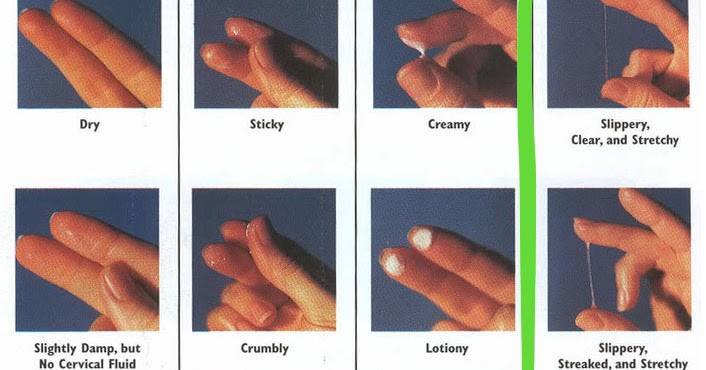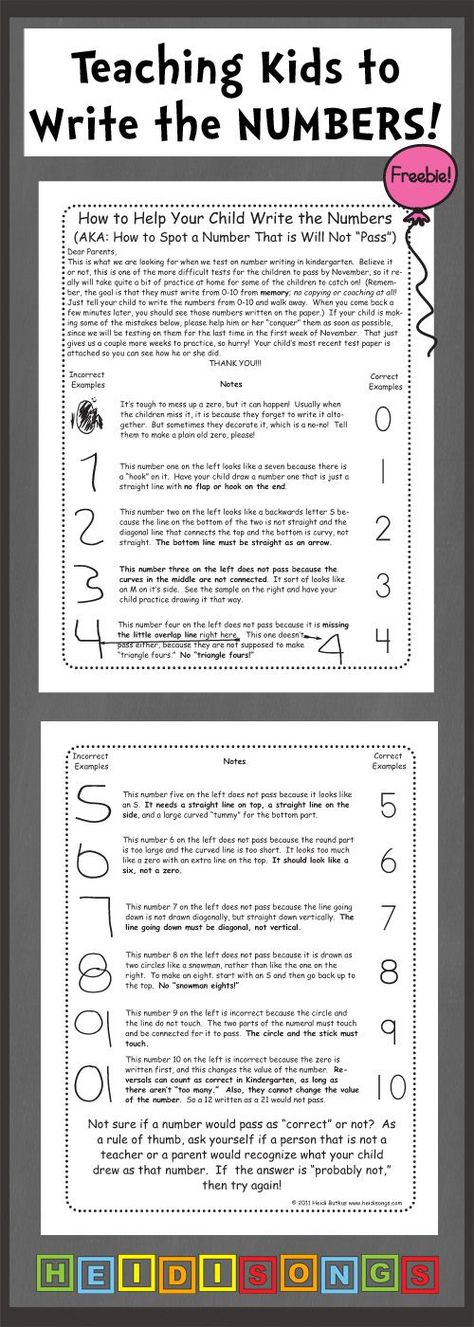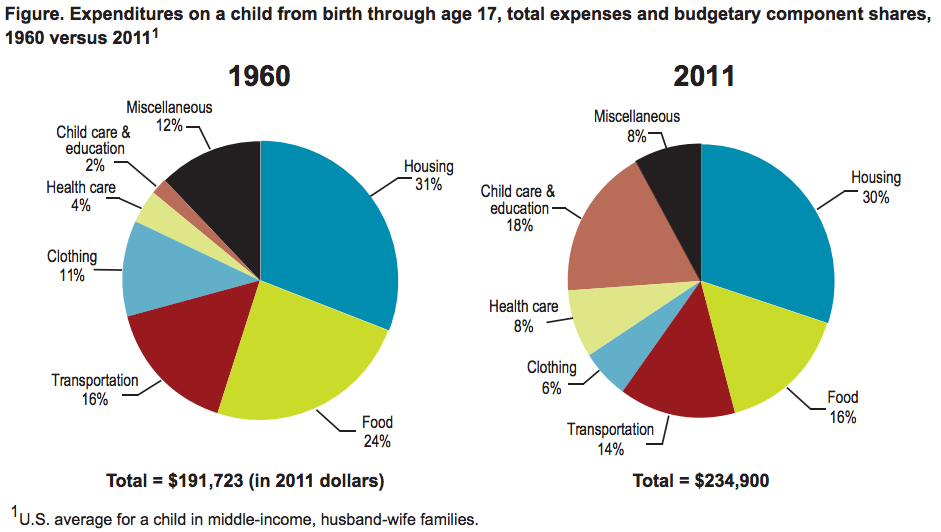What to do with a baby all day
What am I supposed to do with my baby all day?
645 shares
Ever wondered what on earth you’re supposed to be doing with your baby ALL day?
New parents often talk about days flying by at an alarming rate when looking after a newborn baby.
It’s an endless cycle of nappy changes, feeding, desperate efforts to get them down for a nap, and tummy time.
Once you’re in a very vague routine, it’s like Groundhog Day on speed. Every three hours the cycle repeats itself once again: Feed, burp, play, sleep.
You may also like: 40 things to do with your baby
40 baby hacks
22 things you must do on maternity leave before baby
Fine motor activities to do with your baby
We all have days when we look at the clock and can’t believe it’s 4pm and we’re still in our PJs.
But what about the days that drag? Yes when you’re juggling visitors, cleaning, appointments and cooking it seems impossible to fit everything in.
Then the initial newborn buzz calms down and you’re kind of beginning to get a sense for what having a baby is all about, what happens next?
Am I doing enough with my baby?
Of course there are the obvious things that need doing, like feeding and sleeping.The first six weeks are filled with thinking about and working towards getting these things “right”.
But once you have had a chance to draw breath and realise there are actually gaps in the day, what on earth do you do with them?
It seems like other mothers must know the secret to what you’re supposed to be doing with your baby all day. When you’re stuck at home with baby and feeling bored, it can feel like it’s just you who isn’t getting what you should be doing with your baby.
The baby just lies there, staring, then crying, then staring again. They’re too young to really play with toys.
You can stick something in their hand for 10 seconds before they drop it but they don’t immediately start doing entertaining tricks with their rattle.
I remember getting the baby bouncer out for my little one and sitting her in it. I would tap the toys hanging in front of her to make them rattle or jingle. She would stare for a second and then look at something else, flapping her chubby little arms about occasionally.
Of course it is adorable, but get to day 30 of doing that activity and you’re likely to be, dare I say it, a little bit bored.
I don’t think we should feel guilty for admitting this. Newborns will not be winning the prize for the greatest showman – they just don’t do that much.
By the time you’ve tried a bit of tummy time (which probably ended in crying after 30 seconds), waved a few toys in their face and walked them around the kitchen showing them all the utensils, you’re probably out of ideas.
You can’t, and probably don’t want to, spend all day out at baby groups or meeting people for coffee. There’s only so many hours you can waste in Costa.
Baby groups can be lovely, but they’re not everyone’s cup of tea. If you don’t enjoy them, that’s fine. You haven’t failed a crucial mummy test.
If you don’t enjoy them, that’s fine. You haven’t failed a crucial mummy test.
But if you do love baby groups, those only go so far towards filling the hours in your day.
Plus if you’re absolutely exhausted from a night of sleep deprivation, then the last thing you want to do is plaster on make-up and face a group of people.
You might have friends that have had kids at a similar time. But can you spend ALL day every day with them?
The fact is, there are some afternoons, or entire days, when you’re at home and just do not know what you’re supposed to be doing with your newborn.
You can’t sing Twinkle Twinkle Little Star again. You’ve already sung it 40 times.
It’s OK not to play with your baby every second of the day
So all of this leads to question, is it ever acceptable to just (whispers) let your baby get on with it and ignore them?
The answer is yes, yes it absolutely is.
And please stick with me here, before you recoil in horror and think I’m suggesting you cut off all physical and eye contact with your baby.
Engage with your baby, play with them. Do that as much as you like.
But you don’t have to fill their awake time all day every day with play and educational activities. It is totally acceptable to put them on their play mat to have a kick around while you sit back and watch Netflix.
This pressure that we put upon ourselves to entertain our baby and be the perfect mother throughout all of their waking hours is just exhausting.
No-one can be a cartoon character-come-to-life all of the time. And that is not the measure of a great mother.
The truth is that if you give your brain and body a little time to rest throughout the day, you will be a better and more enthusiastic parent for it.
I remember feeling guilty if I wasn’t by my firstborn’s side every second trying to fill her awake time with fun stuff. If only I had just relaxed a bit and let her entertain herself every now and then I think I would have been able to enjoy that phase of maternity leave a little more.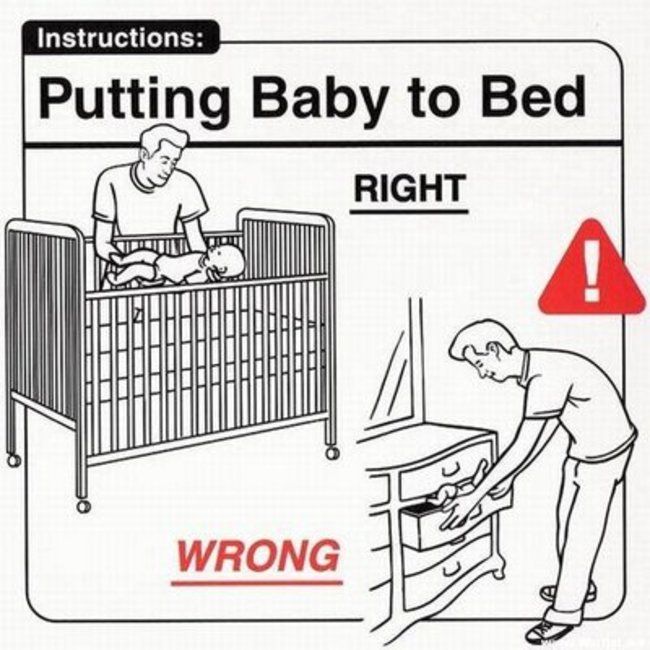
It felt wrong to ignore her, like it wasn’t what a “good” mother would do. But no one can be “on” 24/7.
When I say ignore your baby, I do not mean you leave them in a room and walk away. I mean you get them set up on a play mat, or in a bouncy chair, in the same room as you.
Then you make sure they are happy, before picking up a book or turning on the TV so that you can switch off a little.
Attend to your baby when they need you to. But as long as they are happy, let them carry on playing while you relax and switch off for half an hour.
Now that my kids are older, I still leave them to it when we’re at home for spells of time. This encourages them to use their imagination.
They create games between them, have little conversations with themselves, make up their own little worlds and just use their imaginations.
Leaving your baby to entertain themselves does not make you a negligent parent. In fact you’re nurturing a skill and a part of themselves that’s so important, the part that’s OK to be on their own, in their own head, for a little while.
If your baby is crying, of course comfort them. But if they’re happy to kick and squeal on the floor for a bit, let them get on with it.
So if you are bored of being at home with your baby all day, a bit fed up and wondering whether it’s OK to switch on the telly for a couple of hours, I hereby give you permission to do so. No guilt required!
V
X
PS I have got a list of ideas for what to do with a newborn baby here if you’re looking for ideas!
You could also check out my list of 40 baby hacks.
WHAT TO DO WITH BABY ALL DAY: 33 AWESOME BABY ACTIVITIES TO DO WITH BABY AT HOME
All products featured on Nursery Design Studio are independently selected by our editors. However, when you buy something through our retail links, we may earn an affiliate commission.
What to do with a baby all day? How do you keep the baby occupied? Is the baby getting bored? We hear these questions all the time! So today we are sharing 33 Awesome baby activities to keep your baby occupied and engaged.
The first few weeks and perhaps even the first month of your baby's life, is devoted to nursing the baby, changing diapers and then catching up on sleep while the baby sleeps. Look at this schedule we shared in a previous post.
As the weeks pass, your baby will be awake for longer periods of time during the day. When the baby is awake, they'll be more alert and absorb things around them. Continue skin to skin contact with the baby, baby wearing and of course holding the baby close to you. And if you find there's free time and wondering what to do with a baby all day, try doing some of these activities we are sharing.
These activities will not only help keep your baby occupied but will also help in baby's development from building connections to making associations and strengthening the motor skills.
33 THINGS TO DO WITH A BABY TO ENTERTAIN AND HELP IN BABY'S DEVELOPMENT1.Tummy time
Spend time every day placing the baby on his tummy, when the baby is awake and be sure to supervise the baby at all times. Placing baby on his tummy encourages him to lift his head, which will help strengthen his head, neck and shoulder muscles and boost motor skills.
Placing baby on his tummy encourages him to lift his head, which will help strengthen his head, neck and shoulder muscles and boost motor skills.
2. Nursery rhymes
Introduce your baby to nursery rhymes whether you are singing them to the baby or playing it on your Alexa. Listening to different sounds in the environment as well as nursery rhymes will help the baby develop an ear for our language.
3.Dance WITH THE BABY
Babies apparently are born to dance and respond to rhythm and tempo. So mama, start dancing with the baby. Here's a fabulous video of a baby wearing dance flash mob
4.Rocking on a beach ball
Lie baby over the ball on her tummy and rock the ball forwards and back, and side to side gently. This helps to strengthen the neck and back muscles and improve head control.
5.listen to classical music
Though there are conflicting views on whether listening to classical music helps a baby get smarter, it can still help soothe the baby.
6.play with tissue paper
Playing with tissue paper is a great sensory activity for the baby. The wrinkling of the tissue paper provides something new to touch while the crinkling of the tissue paper provides something new to hear.
7.MAKE A splash
Babies will love playing with water especially during the summer. Put a little bit of water in a container and have baby put his feet and splash. You never want to leave a baby unattended with water play.
8.Sing with Hand Gestures
Hand gestures help support your baby’s ability to understand language. So sing songs with hand gestures to reinforce language learning such as when singing Itsy Bitsy Spider.
9.mirrors
Babies love looking at themselves in the mirror. So incorporate mirror play in to your daily schedule with your baby.
10.Supported Tummy Time
Supported tummy time is another activity that's very beneficial for baby's development. Use a breastfeeding pillow and place the baby on her belly over the pillow, with her arms and shoulders propped on top.
11.PLAY WITH THE RATTLE
Babies love to shake a rattle. Rattles will help babies with developing dexterity and teaching them cause and effect
12.PLAY WITH finger puppets
Keep your little one entertained and build curiosity by putting on a little show with finger puppets.
13.play peek-a-boo
Peekaboo is the most popular way to make babies laugh the world over. Cover your face (with your hands, a blanket or a cloth ), and ask the baby, "Where's Mommy? In the first six months, babies are genuinely surprised by your return; then they learn to anticipate it and are pleased that their predictions come true.
14.PLAY WITH A cloth BALL
Play with one of these soft balls. Your little one will enjoy rolling, tossing and of course, chewing the ball.
15.play patty cake
Clap baby's hands together as you recite, "Patty-cake, patty-cake, baker's man! Bake me a cake as fast as you can." Help the baby "pat" and "roll" as you continue the song.
16.blow bubbles
Babies love playing with bubbles. Bubbles are a fun way to help develop visual skills since they are eye-catching and slow moving as well. Your little one will learn to use her eyes to fix, focus and track.
17.Make silly faces
Spend time cuddling up with the baby and making silly faces. The bright smiles will warm you up.
18. Kicking objects
Encourage your baby to kick objects such as a soft ball or tissue paper. Kicking is important for strengthening the trunk and leg muscles and also for early development of trunk postural control.
Kicking is important for strengthening the trunk and leg muscles and also for early development of trunk postural control.
19.go for a walk
Take the baby out for a walk to get fresh air and calm the baby. It will do wonders for both baby and mom.
20.enjoy the outdoors
If weather permits, put the baby in a carrier and take the baby outdoors to listen to nature sounds.
21.read books
It's never too early to introduce baby to books. Choose fabric books with bright colors, repetitive and rhyming texts.
22.facetime grandma
Don't forget to face time grandma or grandpa! It will be good for both mom and baby to see the familiar faces.
23. play with puzzles
The “pincer” grasp is when the baby uses the pointer finger and thumb to pick up very small objects.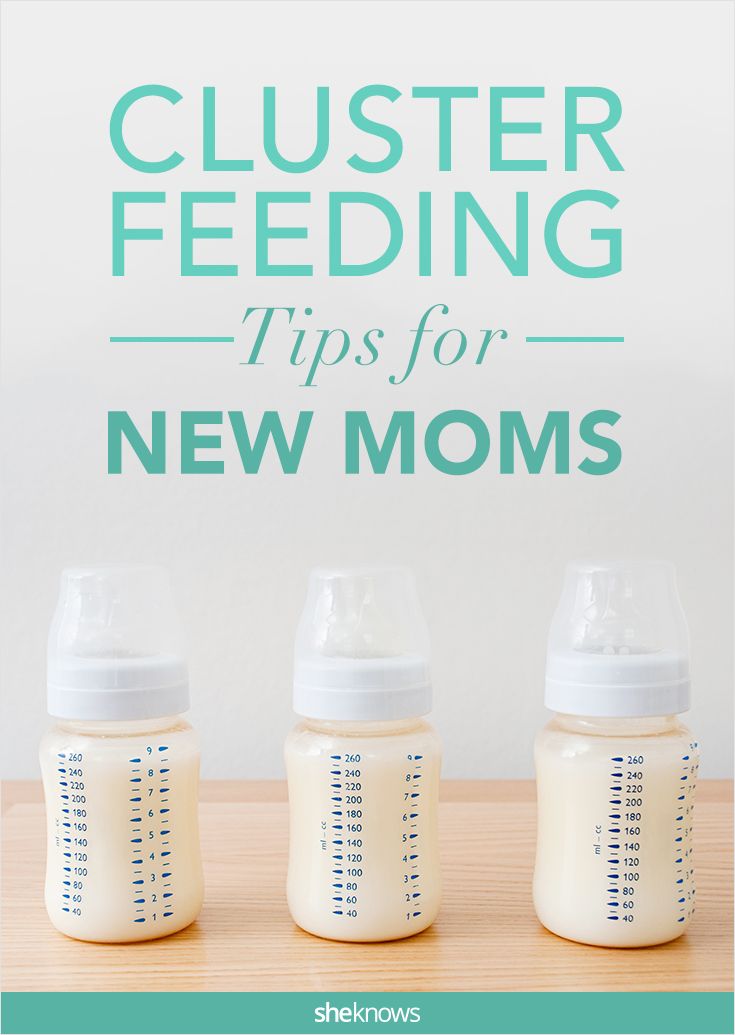 This takes a lot of muscle coordination in the fingers! But it allows babies to begin picking up smaller objects. Use baby jumbo puzzles with knobs to help baby practice this skill.
This takes a lot of muscle coordination in the fingers! But it allows babies to begin picking up smaller objects. Use baby jumbo puzzles with knobs to help baby practice this skill.
24.play with friends
Plan and schedule regular play dates with other babies so your baby can build social skills. Besides, you'll enjoy catching up with other moms as well.
25.go to the library
Take the baby to the library for story time and playtime. Check with your local library because most have story times for babies and even playgroups. It's also a great place to meet other moms with babies.
26.Imitate BABY'S NOISES AND facial expressions
Babies will begin experimenting with the sounds they can make with their mouths. They'll spend more time babbling and learning to imitate sounds. The baby will love it, when you copy his coos and babbles.
27.
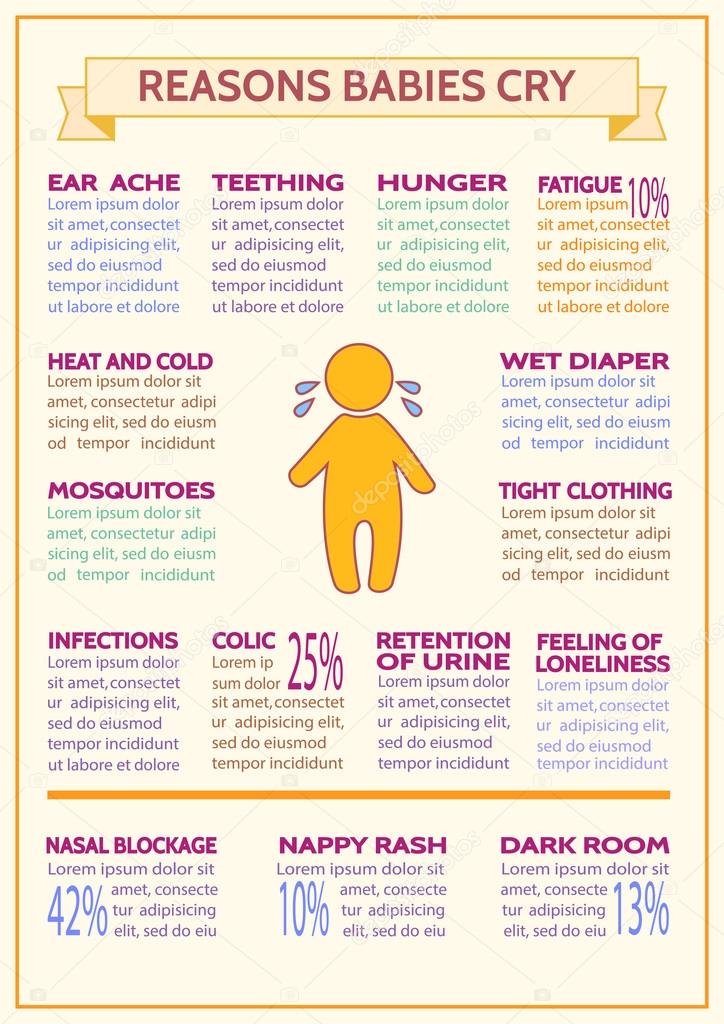 talk to your baby
talk to your babyYour baby starts to understand speech even before they begin to speak. From a very early age, they will be interested in looking at your face and listening to your voice. At about two to four months, your baby will begin to respond to the different tones that you may use.
28.play with towers
Let your baby repeat fun activities such as knocking down towers. If your baby knocks your block tower down, build another. Keep this back-and-forth play going until your baby loses interest.
29.LOOK AT BLACK and white contrasting photos
Babies love black and white imagery and it helps their developing eyesight. We've created a set of 6 black and white, high contrast cards for you to use around your home to provide that important visual input. Place these cards on the wall next to your changing table or play area so that baby can view the images and strengthen their eyes. Find the Download link for the cards below this post!
30.
 DO YOGA
DO YOGABaby yoga is great for babies who are at least six weeks old, the age when the baby starts to get head control and are ready for movement activities. Check out the video below!
31. EXPLORE with busy boxes
Let your baby discover that if she pushes the button, a character will pop out of the busy box. Provide just enough support to help her learn. If she can’t press the button hard enough, place your hand on top of hers to help, instead of doing it for her.
32. BANGING BLOCKS TOGETHER
Show your baby how to combine objects in his play such as banging two blocks together. This helps him move beyond exploring only the look and feel of objects, and figure out how objects go together.
33. Make a book of photos
Create a book with photographs of the family members, pets, home and favorite toys.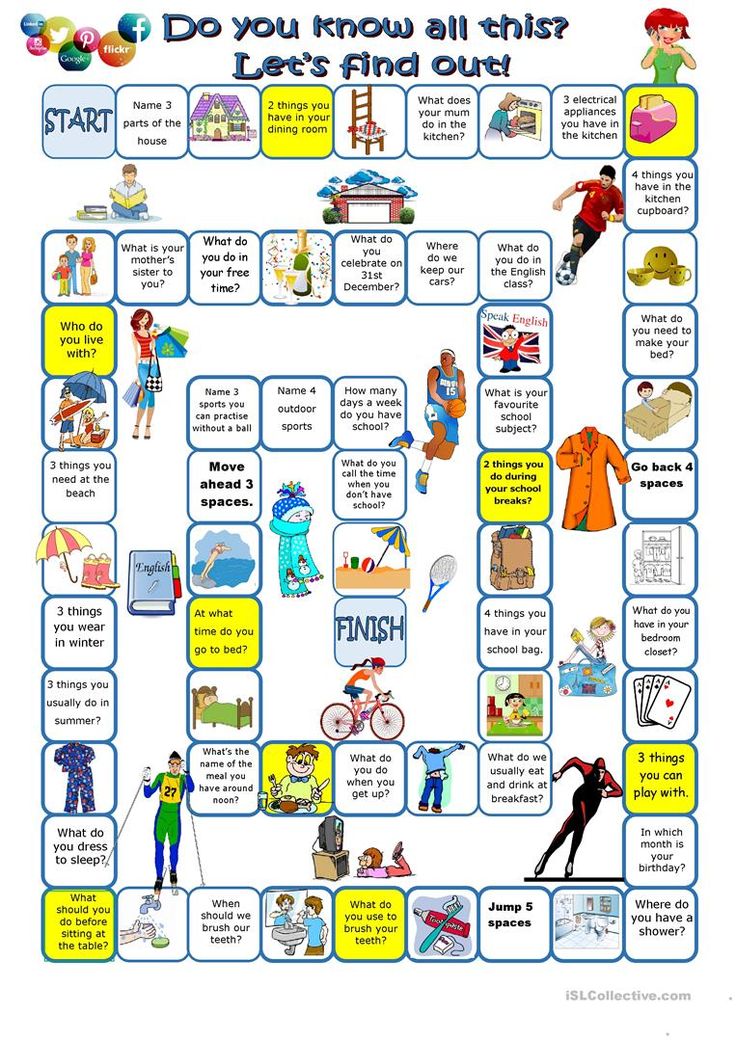 Look at the book together, naming each photo, to help her learn the names of the people and familiar things in her world.
Look at the book together, naming each photo, to help her learn the names of the people and familiar things in her world.
PRINTABLE CHECKLIST OF AWESOME ACTIVITIES TO DO WITH A BABY
The child is often psychotic and capricious
Author: Marfa Goncharova, magazine "My Baby and Me"; consultant: Yulia Andronnikova, pediatrician of the highest category, head of the pediatric department of the Center for Traditional Obstetrics and Family Medicine.
The expressed emotional state of the child is a message of discomfort. Leaving these messages unattended means ignoring the needs of the baby, which can be physical and psychological.
Inconsolable crying, screaming, stubbornness and irritation out of the blue - what upsets parents so much and outrages outsiders who have become unwitting witnesses to an unpleasant scene is usually called whims. In fact, if in an adult a completely unreasonable whim can be called a whim, then children's whims, as a rule, have a serious reason.
Yulia Andronnikova: "Children under one year old are not characterized by whims in their everyday sense. If a child suddenly starts behaving in an unusual way for him, this is always a signal for his mother, a message of discomfort. No doctor can say for sure: if a child cries for minutes ten - this is normal, and if longer, then this is a sign of illness. Mom's intuition should work here. After all, already in the first 2-3 months of life, being in close contact with the baby, the mother studies him so well that she knows perfectly well what is typical for her child and what goes beyond normal behavior.0003
If the baby is crying, the mother calms him down with the usual methods that suit him. Children love to be picked up, maintaining skin-to-skin contact, being rocked, talking in a low, calm voice, and being placed on their chest. Someone stops worrying in a warm bath, and someone better to undress for a while. The set of techniques may vary, but if the baby continues to cry despite the usual stress relief rituals, the mother should watch him more carefully. "
"
Infectious diseases
Unusually prolonged crying for a child or, conversely, lethargy, refusal to eat in children of any age are often the first sign of the development of an infectious disease. Like it or not, it becomes obvious in just a few hours: the temperature may begin to rise, a cough or runny nose will appear. For babies who still can neither say nor show that they are in pain, loud crying can be a sign of otitis media that has begun. If the ears hurt, there may be no fever or other signs of a cold, it is precisely the abruptly changed behavior that will cause suspicion: the child is inappropriately naughty, shakes his head, sometimes screams sharply, starts crying when the position of the head changes, refuses to eat, because it provokes pain. In such a situation, you should definitely call a doctor.
Meteosensitivity
The peculiarity of the response of the autonomic nervous system to changing environmental conditions is called meteosensitivity.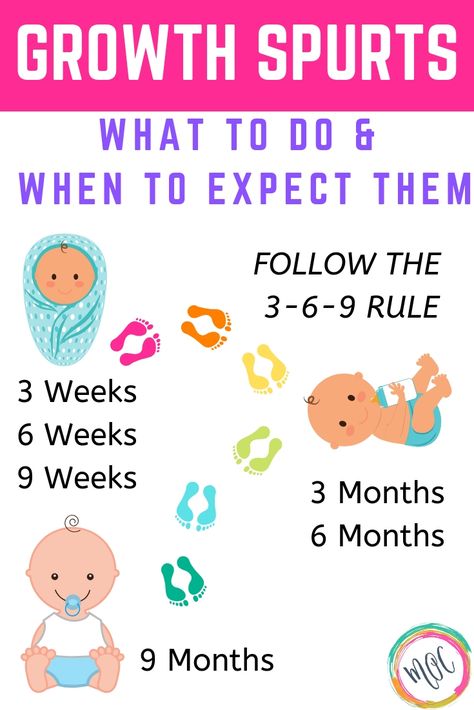 Training the nervous system and blood vessels of the baby will help to cope with meteosensitivity. Thanks to hardening, the adaptive capabilities of the organism will grow, and the reaction to a change in the weather will become less violent or disappear altogether.
Training the nervous system and blood vessels of the baby will help to cope with meteosensitivity. Thanks to hardening, the adaptive capabilities of the organism will grow, and the reaction to a change in the weather will become less violent or disappear altogether.
For toddlers, outdoor walks in any weather are the best hardening. Not only a change in pressure, rain, a thunderstorm, but also simply cloudy weather or a long absence of the sun in the sky can affect the body. In newborns, sudden changes in the weather are often worrisome. After a few months, the majority of such meteorological dependence disappears, but in children with a weakened autonomic nervous system, it can continue to manifest itself and even intensify against the background of stressful conditions.
Chronic diseases
But what if the baby not only suddenly changed his behavior, but is constantly in a depressed state - he is lethargic, whimpering all the time and practically does not smile? Yulia Andronnikova: “The general well-being of a child is an important indicator of his health.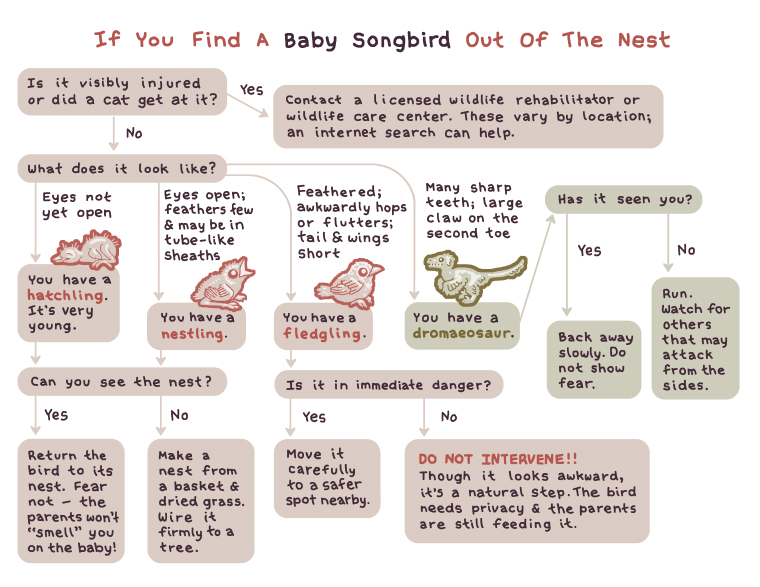 A healthy baby may start to act up in the evening when he is tired, but he should wake up in a good mood - this is a signal to his mother that everything is in order with him.
A healthy baby may start to act up in the evening when he is tired, but he should wake up in a good mood - this is a signal to his mother that everything is in order with him.
If the child is naughty every day and is in a bad mood all the time, and you have ruled out the presence of any infections, it is worth bringing this to the attention of your pediatrician. Constant whims, pallor, lethargy, lack of a smile from birth, low weight gain and height are a set of symptoms characteristic of hormonal disorders. The earlier the diagnosis is made, the better, because with the timely initiation of treatment, the disease can be compensated and the life, health and intelligence of the child can be saved. If such diseases are suspected, the pediatrician will refer the child to an endocrinologist.
Approximately the same symptoms can be with anemia or kidney problems. Routine blood and urine tests will help clarify the situation, confirming or dispelling such concerns.”
Overwork
If a child is naughty in the evening, mothers usually explain it like this: “I didn’t sleep well during the day” or “Went to class, he got too excited talking with other children there. ” Perhaps here it will be enough to put the daily routine in order, give the baby more opportunities for rest, sleep and walks. If the child is excitable in itself, cannot sit still, control his emotions, and at the same time gets very tired, pedagogical problems are superimposed on physical ones, since parents literally do not keep up with the baby. A competent neurologist will help normalize the regimen and strengthen the nervous system, for example, with the help of massage and hardening techniques. A psychologist will advise parents about the features of proper communication with the child.
” Perhaps here it will be enough to put the daily routine in order, give the baby more opportunities for rest, sleep and walks. If the child is excitable in itself, cannot sit still, control his emotions, and at the same time gets very tired, pedagogical problems are superimposed on physical ones, since parents literally do not keep up with the baby. A competent neurologist will help normalize the regimen and strengthen the nervous system, for example, with the help of massage and hardening techniques. A psychologist will advise parents about the features of proper communication with the child.
Caprice as a message to parents
Caprice is always a child's message about discomfort, which he cannot express in an acceptable form. If the child is naughty all the time, and you have excluded physical causes (malaise, fatigue), it is worth considering what state of mind he is in. Psychologists note that often the child's inappropriate behavior is a reaction to intra-family disharmony.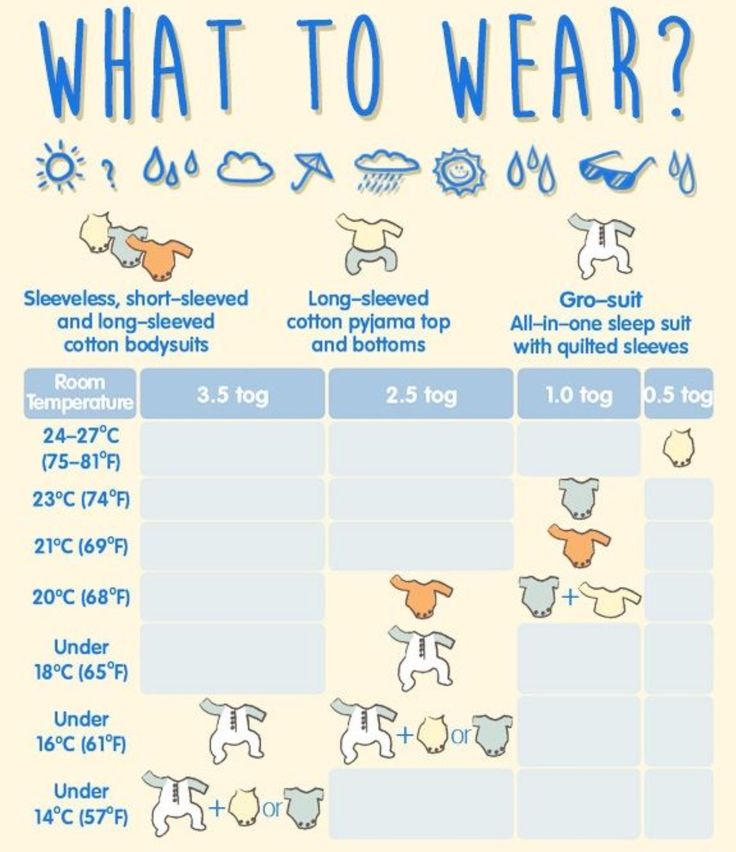 The grandmother is unhappy with the way the young mother is raising the baby, she is constantly indignant and gives unsolicited advice. Or parents begin to quarrel every time the baby needs to be put to bed. Explicit or unspoken claims and conflicts, a tense situation in the family most affect the child. In this case, his “whims” are the materialization of the discontent and irritation surrounding him. And the situation can be corrected only by establishing relationships in the family.
The grandmother is unhappy with the way the young mother is raising the baby, she is constantly indignant and gives unsolicited advice. Or parents begin to quarrel every time the baby needs to be put to bed. Explicit or unspoken claims and conflicts, a tense situation in the family most affect the child. In this case, his “whims” are the materialization of the discontent and irritation surrounding him. And the situation can be corrected only by establishing relationships in the family.
Certain pedagogical disturbances in the family can also easily become a source of whims. If the parents allow the child absolutely everything, and he simply does not understand the word "no", any attempt to prohibit it leads him almost to hysterics. As a rule, parents are afraid of such a reaction and are ready to do anything to avoid its repetition, which means they continue to indulge the baby. And this inevitably deepens discord in the family and makes its members even more irritable. The opposite situation can also involve the whole family in a vicious circle: they behave with the child too strictly and literally stop all attempts to act independently and make decisions. The kid protests, parents become even stricter with him. The same effect occurs if different family members adhere to diametrically opposed parenting styles - for example, mom is very strict with the baby, and dad allows absolutely everything. All these situations are best dealt with by a family psychologist.
The kid protests, parents become even stricter with him. The same effect occurs if different family members adhere to diametrically opposed parenting styles - for example, mom is very strict with the baby, and dad allows absolutely everything. All these situations are best dealt with by a family psychologist.
Struggle for independence
Parents often mistake the child's desire for independence for whims. From 8–9 months, the baby is already beginning to “test the strength” of the surrounding adults. They give him a toy, he throws it on the floor and immediately demands it back. This can be repeated many times in a row. The child finds out the boundaries of what is permitted, and when communicating with mom, dad or grandmother, the boundaries can be different. At the same time, it is quite easy to distinguish the crying of a real need from a “testing” cry: “checking”, the baby sometimes stops crying, looks around and listens in order to evaluate the effect produced. Such stops are a sign of the need for attention to oneself. This does not mean that in this case it should be ignored, it is better to talk softly with the child, give reasonable arguments, explain your actions, including the necessary refusals or prohibitions. Such verbal contact, if established at birth, makes it easier to distinguish what exactly caused unusual behavior, and to cope with the situation.
This does not mean that in this case it should be ignored, it is better to talk softly with the child, give reasonable arguments, explain your actions, including the necessary refusals or prohibitions. Such verbal contact, if established at birth, makes it easier to distinguish what exactly caused unusual behavior, and to cope with the situation.
At the age of 2–3 years, the time comes when the child literally answers everything: “I myself!”. Moreover, if attempts to do something on their own are not very successful (spilled, raked, broke, fell), the best strategy would be not to scold the baby, but to celebrate his achievements and offer to bring the matter to the end together. Often, the mere fact of recognizing the child's independent attempts to do something is already enough to live in harmony and reduce "whims" to a minimum.
Stubborn facts
- Even if the baby likes to cry in principle, certain conditions should alert parents. These are the so-called emergencies.

- A child's loud, pronounced cry for two or more hours, in which no ordinary methods of calming help, is a signal to call a doctor. With problems such as intussusception (intestinal volvulus) or appendicitis, a young child may not have any other obvious external signs other than intense continuous crying. Only a doctor can diagnose the problem. It cannot be said that these cases are frequent. If a mother breastfeeds her baby and is well acquainted with the principles of introducing complementary foods, then volvulus, caused by a sharp transition to unfamiliar food in large quantities and at too early an age, does not threaten her child. Appendicitis in babies is also rare, but since the exact causes of this emergency are still unclear, it cannot be discounted.
Helpful Hints:
- Any inner feelings of a child (enrolling in a kindergarten or school, troubles in the family) can lead to stress. No need to try to protect the baby from difficult situations, but teach him to overcome difficulties.
 The kid will endure stress much easier if he knows that at home he will always be understood and supported, that for mom and dad he is the best in the world.
The kid will endure stress much easier if he knows that at home he will always be understood and supported, that for mom and dad he is the best in the world.
Your love and attention are the best "medicines" for stress. Talk with the baby, give him the opportunity to speak out, find out the reasons for the experiences. Play with him, draw, involve him in sports, but try to protect him from excessive loads.
The article was published in the magazine "My baby and I" (2014) and posted on the website krokha.ru.
27 ways to keep your child busy - Lifehacker
Some ways will help distract the child and win a few free hours, others are suitable for joint leisure and will bring a lot of pleasure not only to children, but also to parents.
1. Have a sumo wrestling
Put a large t-shirt on your child and stuff soft pillows under it.
In this form, children can arrange sumo wrestling - collide with a running start and measure strength without risking anything to themselves.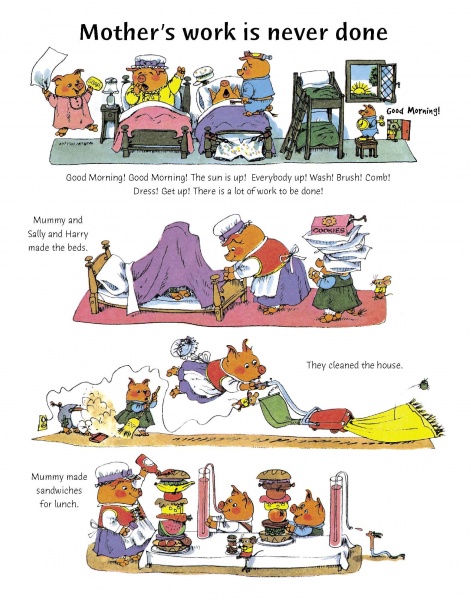 The wider the girth of the fighters, the safer the fight will be.
The wider the girth of the fighters, the safer the fight will be.
2. Try checkers with sweets
Use a ready-made game board or make your own. To do this, stick strips of colored sticky tape on a square base to make a field.
Instead of checkers, use two-color cookies, meringue or marshmallows. Any other sweets that are placed in the cage of the playing field and do not stain hands and clothes will do.
During the game, the opponent's checkers will be eaten in the literal and figurative sense.
3. Have a stain-free painting session
Get an A4 size ziplock bag. Mix a small amount of shower gel with dye.
Pour the resulting mixture into a bag, close it and fix it on the table with adhesive tape. Invite your child to paint on an impromptu canvas with their fingers - the tinted gel will move inside, creating abstract patterns.
4. Try coloring sandwiches
Image: Gabrielle Kastner / YouTube For this homemade entertainment, you will need toast bread, milk and food coloring.
Pour a small amount of milk into separate containers and paint with different colors. Give your child a clean brush and invite them to turn the bread into a work of art.
When the picture is ready, put the pieces in the toaster for a while, bake the picture and enjoy a beautiful meal.
5. Arrange speed games
Almost any item in the house can be turned into a game inventory to do something at speed for one minute. Here are some ideas:
- Pick up candy or marshmallows with chopsticks.
- Build the tallest tower out of coins or plastic cups.
- Throw as many socks as you can into the laundry basket.
- Don't let the balloon fall to the floor.
6. Color the Rice
Image: Miami Skye / YouTubeYou will need rice, white vinegar, food coloring, and clean, heavy-duty plastic bags.
Dilute the pigments in a small amount of vinegar. Put a handful of rice in a bag, pour the paint into it, tie the polyethylene tightly and mix the grains to paint it well.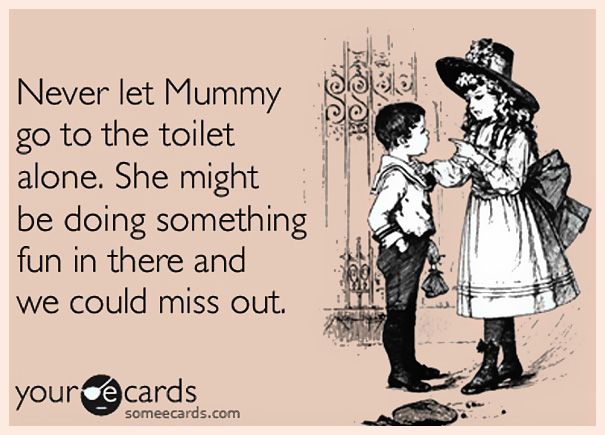
Children will love the process itself, when you can twist and squeeze the bag, and the result. The dyed rice needs to be dried, and then it can be used for pictures, applications and all kinds of crafts.
7. Build your own car wash
A toy car wash can be made with a 5 liter plastic canister, dish washing sponges and damp-proof adhesive tape.
Cut out the sink body from the tank with inlet and outlet. Cut dish sponges into thin, long sticks and glue them vertically to the sink ceiling.
Color the structure with permanent markers. Place shaving cream in empty yogurt jars. Take old toothbrushes and toy cars. And then just use your imagination.
8. Make a slime
DIY slime. Iya Zorina / LifehackerCooking the mass will take no more than 10 minutes. You will need 100 ml of PVA glue, dye and 1-2 teaspoons of sodium borate. The latter is also known as "borax" (you can buy it at a pharmacy).
Pour glue into a bowl, add a few drops of dye and mix.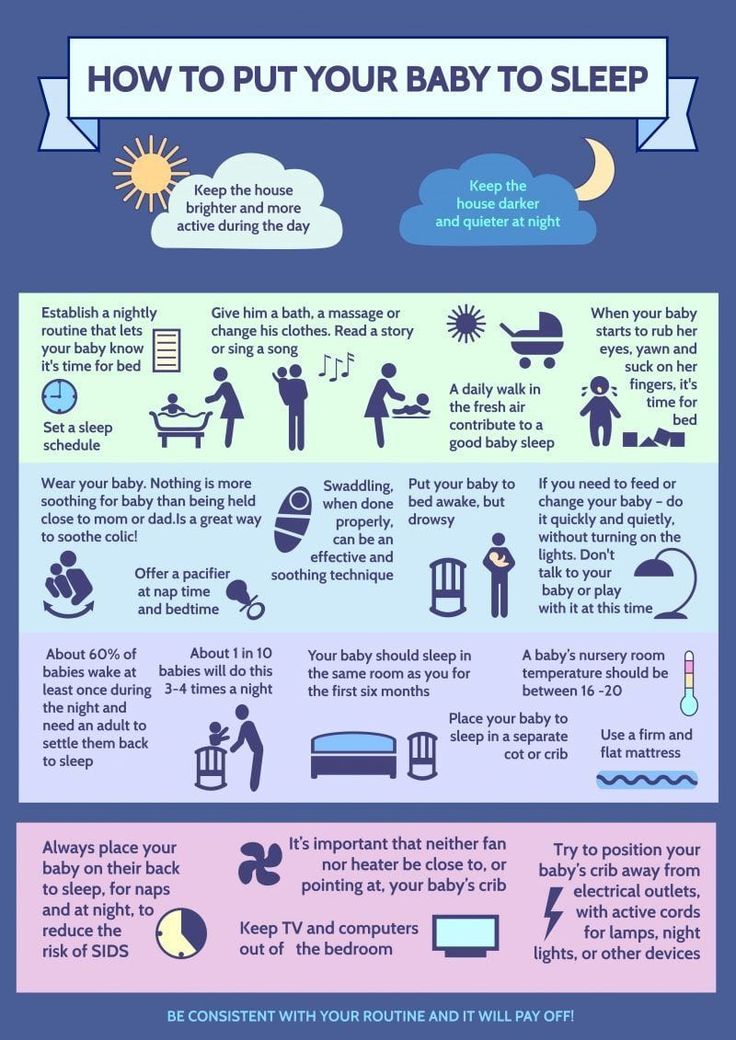 Then add some borax and keep stirring. As it thickens, add more sodium borate, a few drops at a time.
Then add some borax and keep stirring. As it thickens, add more sodium borate, a few drops at a time.
When the mass begins to peel off the sides of the bowl and stretch, knead it with your hands like dough. After a few minutes, the slime will become plastic and will no longer stick to surfaces.
Just do not play with the mass on the bedspread with villi: it clogs in them and is poorly cleaned. And if you use food pigment, the slime can slightly paint your hands.
9. Build a house for dolls out of boxes
You will need some time for this task, but then the children will play with such a house on their own, and for more than one day.
Prepare shoeboxes, tape, scrapbook paper or wallpaper, paints, stationery glue, newspapers to make the structure.
Insert the shoeboxes into each other at a 90° angle. Two pieces will make one corner of the house and one floor. Tape the boxes together.
Four-box dollhouse construction. Iya Zorina / Lifehacker Then cover the construction with newspapers. To hide the joints of the boxes and make them more like a house, you can use papier-mâché, a pre-prepared mixture of soaked paper and PVA glue. But if you want to make everything faster, skip this step.
To hide the joints of the boxes and make them more like a house, you can use papier-mâché, a pre-prepared mixture of soaked paper and PVA glue. But if you want to make everything faster, skip this step.
Walls, ceilings and floors can be decorated with acrylic paints or gouache, pieces of wallpaper, fabric and even linoleum, beautiful paper. Arrange the furniture and the dollhouse is ready.
You can also make a small house from one box with partitions: arrange them crosswise - and you get two floors and four rooms.
10. Make outdoor games with paper tape
You can mark the floor with masking tape. Try the following games:
- Classics . As a cue ball, you can use a plastic cup or a candy jar.
- Outdoor shooting range . Make a target on the floor from several circles and launch a plastic ball in turn. The one with which the projectile rolls closer to the center wins.
- Tic-tac-toe .
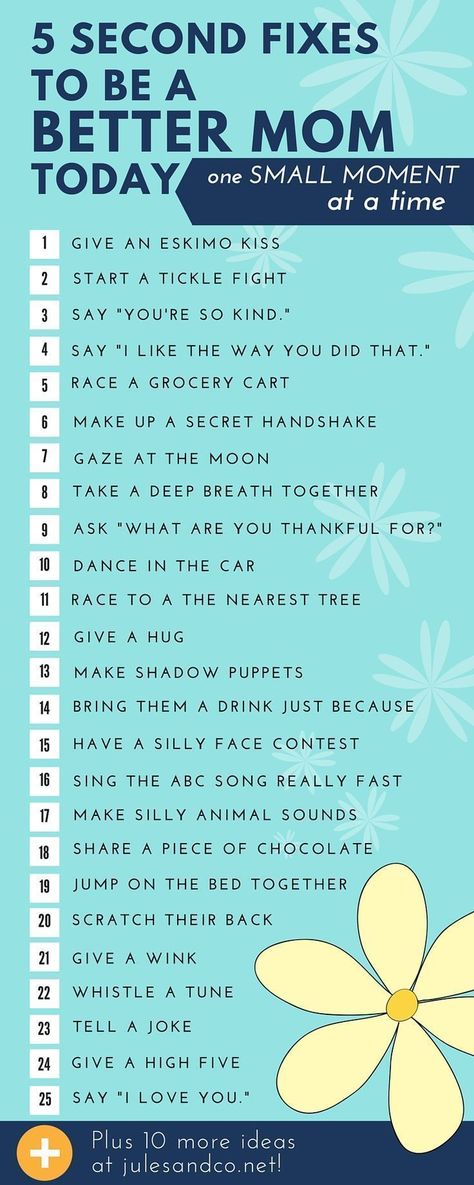 Glue four strips of paper tape, and draw shapes on cups or plastic balls and put them on the field.
Glue four strips of paper tape, and draw shapes on cups or plastic balls and put them on the field. - Long jump . Mark the start line and arrange a competition. Mark the results of each jump with a strip of tape.
- Rope Walkers . Stick the tape in long stripes and shapes, and then ask the children to walk along this "rope" without ever stepping to the side.
11. Make an airplane out of a cocktail straw
Airplane made of straws and paper strips. Iya Zorina / LifehackerThis is a non-standard airplane that will fly much further than usual. To make, you will need three pieces of paper and a plastic straw for a cocktail.
Cut out three strips measuring 2.5 x 12.5 cm. Connect two together and close in a large ring with adhesive tape. From the third strip, make a small ring.
Attach the pieces to the ends of the straw, positioning it inside them. Launch the model with a small ring forward.
12.
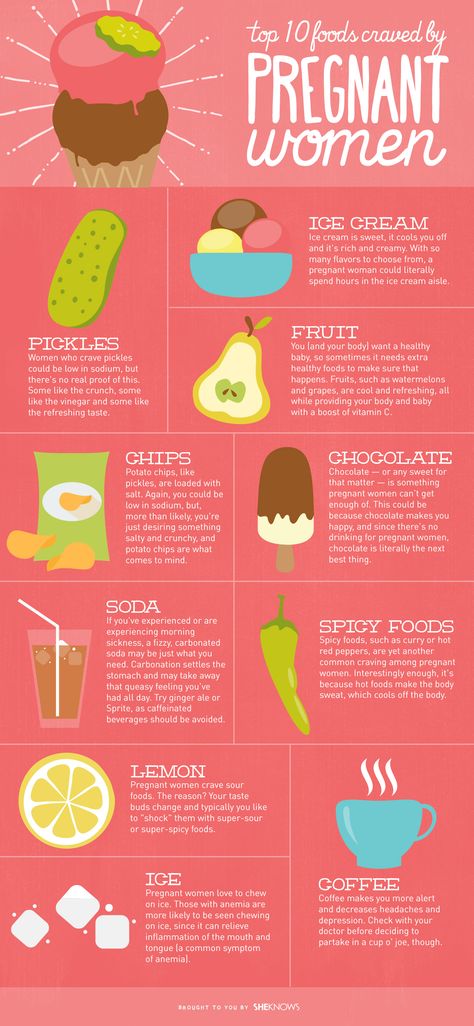 Make a pipe from cocktail straws Pipe from plastic straws. Iya Zorina / Lifehacker
Make a pipe from cocktail straws Pipe from plastic straws. Iya Zorina / Lifehacker Take six to eight plastic tubes, cut them off and glue them together with tape. Of course, you can not expect a pleasant sound, but the children like it.
13. Put on a bubble show
Make a bubble solution: mix 3.5 liters of water, a glass of dish soap and a tablespoon of glycerin. For blowing, you can use purchased devices or make options more interesting from improvised means.
For example, if you fasten several large straws together, whole rainbow clusters will be blown out.
You can also make a jig for giant soap bubbles. Pass a long cord through two tubes and tie the ends with a knot.
After that, it remains to fix the wooden skewers, which you will hold on to, and you can test.
14. Show the child how to make soap clouds
Soap clouds. Iya Zorina / Lifehacker Cut off the bottom of a plastic bottle and put a sock over it. In a separate container, mix dishwashing liquid with a little water.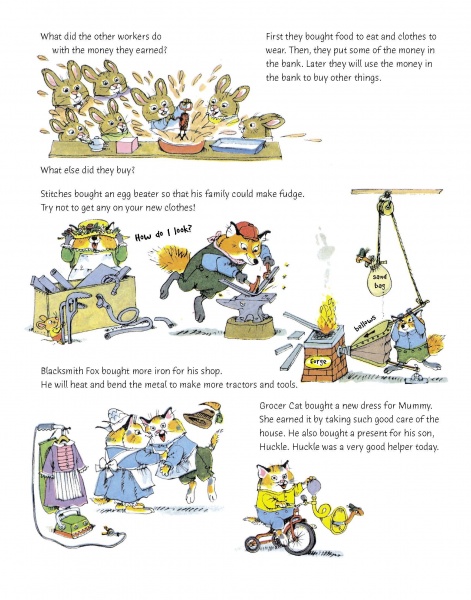
Dip the sock in soapy water and blow into the neck. You will get a large foam snake.
15. Make a shark or crocodile with a clothespin
Draw a shark or crocodile with big teeth on paper, cut the image in half and glue the two pieces to the clothespin. Children will be able to organize battles of toothy predators opening their mouths.
16. Play Chapaev with plastic caps
For this fun, you will need a glossy cardboard box and 8-12 plastic bottle caps.
Divide the "checkers" between two players and place them on the edges of the box at an equal distance from each other. You can color if you wish. Take turns blowing on the covers, trying to knock down the opponent's chips with them and at the same time not fly out of the field.
Small cars about 2 cm long can also be added. Place the mini toys in the middle of the field and blow on them to knock down the opponent's pieces.
The winner is the one who first gets rid of all the opponent's caps, but at the same time has at least one of his own on the field.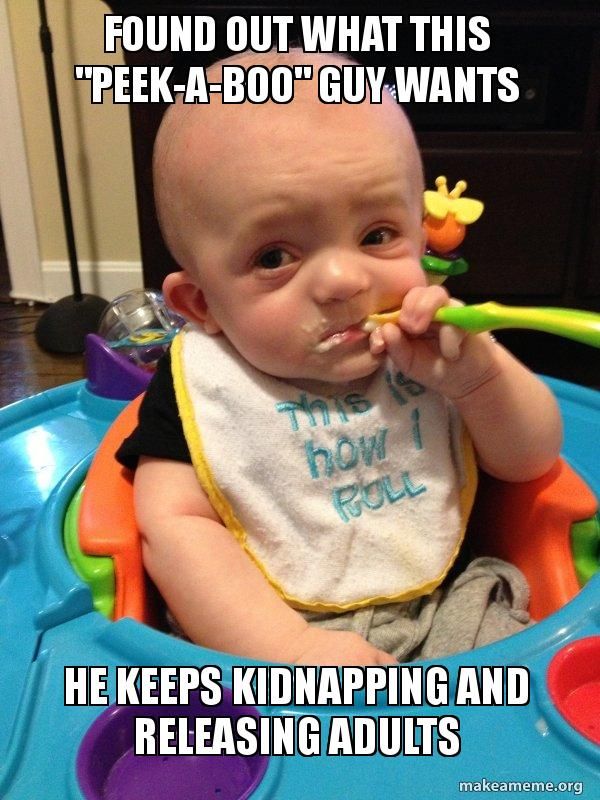 Otherwise, a draw is declared.
Otherwise, a draw is declared.
17. Make an unusual slingshot
An alternative to ordinary slingshots. Iya Zorina / LifehackerFor this device you will need a plastic bottle and a ball. Anything can be used as cartridges, from coffee beans and rowan berries to soft bullets from toy guns.
Cut off the neck of the bottle. Tie the tail of the balloon in a knot. Cut off the wide part and pull the half with the tail over the neck. For strength, secure with a plastic ring from the bottle.
Put a bullet in the neck and pull the tail of the ball. You can arrange championships in firing range.
18. Show the children how to make their own stickers
Give the children a piece of sticky paper and have them draw little pictures. When ready, cut out the images and use as stickers.
19. Race noodles
Shot: Toys»R»Us/YouTubeIf you have a noodle but don't want to swim, make a toy out of it.
Cut the product into halves along the entire length. You will get two tracks along which you can run glass or iron balls, toy cars.
You will get two tracks along which you can run glass or iron balls, toy cars.
Place the sticks with one end on a raised platform and the other end on the box where the objects will fall. Decorate the track with "Start" and "Finish" flags and arrange races.
20. Play aim shooting with glass balls
Take a shoe box and make several semi-circular cuts with different radii - a garage with a gate will come out. Determine how many points the child will receive for hitting each hole.
Garage construction. Iya Zorina / LifehackerPut the box on the table upside down and try to roll the ball into the narrowest gate. The one with the most hits wins.
21. Make bracelets out of popsicle sticks
Frame: NewMan DIY / YouTubeYou will need water, a glass, wide wooden popsicle sticks and multi-colored paper tape or colored paper.
Place the sticks in boiling water for 30 minutes to soften. Then bend them one by one and insert them inside the glass. Dry the sticks in such a position that the wood takes the form of dishes.
Dry the sticks in such a position that the wood takes the form of dishes.
Then decorate the bracelet to your liking. Use appliqués from colored paper or decorative tape, felt-tip pens, paints, pieces of lace - everything that is enough for imagination.
22. Show the children how to weave bracelets from colored cords
If your child already knows how to braid and knit interesting knots, buy several meters of colored cords. You can make a lot of simple bracelets out of them.
23. Do a science experiment with a balloon
Balloon experiment. Iya Zorina / LifehackerShow your child a chemical experiment in the kitchen. To do this, pour a spoonful of soda into a balloon, and pour vinegar into an empty plastic bottle.
Place the ball on the neck of the bottle and fasten tightly. Gradually pour the soda out of it into the bottle. The neutralization reaction will result in the release of a large amount of carbon dioxide, which will inflate the balloon.
24. Make a frozen dinosaur egg
Frame: TheDadLab/YouTubeIf your child loves dinosaurs, show him how ancient dinosaurs hatched from eggs. Put the figurine in a balloon and fill it with water, then send the balloon to the freezer. When the water freezes, call the young paleontologists.
Remove the rubber "shell" from the eggs, look at the dinosaur in the ice. You can get the toy with a small hammer.
25. Make banana ice cream
Take bananas (preferably slightly overripe), peel and cut into thin pieces. Put in the freezer.
After a couple of hours, remove the fruit and mix in a blender until the mass resembles thick sour cream. Dessert can be eaten immediately or put into molds and re-frozen. Older children can handle the cooking themselves.
26. Color the gingerbread cookies
Colored cookies. Iya Zorina / Lifehacker For this culinary fun, you will need gingerbread cookies. You can buy it or bake it yourself. You also need egg white and powdered sugar icing, food coloring, and pastry bags.

